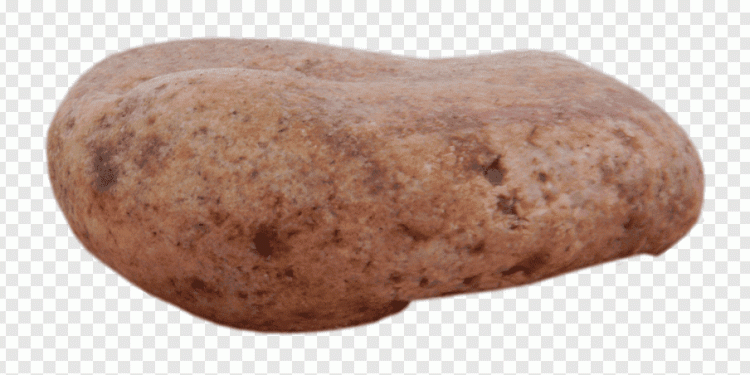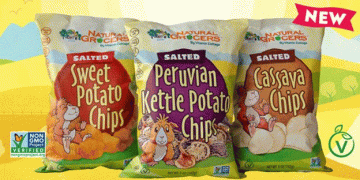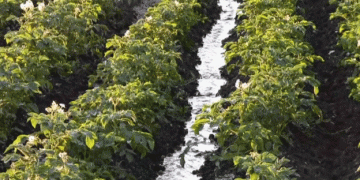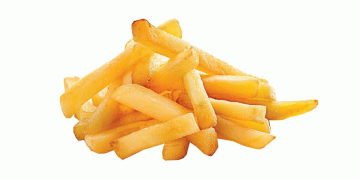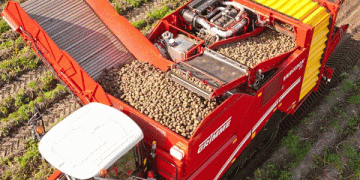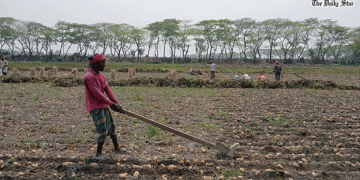When it comes to potato production in the United States, the Russet variety reigns supreme. Renowned for its versatility in baking, mashing, and frying, the Russet potato consistently accounts for approximately 70% of the potato acreage in the country’s top 13 potato-producing states. From Idaho to Maine, this hardy variety dominates the landscape, particularly in northern regions where cooler climates provide the ideal growing conditions.
Russets: A Staple in Northern States
Northern states like Idaho, Washington, Oregon, Colorado, Minnesota, and Maine have long been known for their large-scale potato production. These states favor the Russet variety due to its adaptability to cooler temperatures and its high yield potential. Idaho, the top potato-producing state in the U.S., dedicates the majority of its 300,000+ planted acres to Russet potatoes, which are also integral to the processing industry for products like French fries and potato chips.
The dominance of Russets in these regions is driven by both consumer demand and processing industry needs. Their starchy texture and ability to withstand long-term storage make them an ideal choice for large-scale food production.
White Potatoes: A Strong Contender in Chip Production
While Russets may hold the majority share, white potatoes remain a crucial part of U.S. potato production. Typically accounting for about 20% of planted potato acreage, white varieties are particularly prominent in states like Michigan, where they are grown specifically for the chip-processing industry. Michigan’s favorable growing conditions and proximity to major chip manufacturers have made it a hub for white potato production, contributing significantly to the state’s agricultural output.
According to recent USDA reports, Michigan’s potato acreage is heavily focused on meeting the demands of snack food companies, leading to a higher proportion of white potatoes compared to other states.
Smaller Varieties: Reds, Blues, and Yellows
In addition to Russets and whites, the U.S. potato market also includes smaller varieties such as reds, blues, and yellows. These varieties make up the smallest share of planted acreage, primarily serving the fresh market. Red potatoes, known for their smooth skin and waxy texture, are favored for salads and roasting, while yellow and blue varieties offer unique flavors and colors that appeal to niche markets.
The limited acreage dedicated to these varieties reflects their specific market demand, which is often driven by consumer preferences for fresh and specialty produce. Farmers growing these varieties typically focus on direct-to-consumer sales or supplying local markets rather than large-scale processing.
Factors Influencing Variety Distribution
The distribution of potato varieties across different states is influenced by several factors. Consumer demand, crop rotation practices, seed availability, and the specific needs of the processing industry all play a role in determining what varieties are planted. For example, Russets dominate in states with strong ties to French fry and chip production, while white potatoes thrive in regions focused on fresh and chip markets.
Crop rotation limitations also influence the choice of potato variety. Farmers must carefully plan rotations to prevent soil depletion and control pests and diseases, which can affect the viability of certain varieties in specific regions.
Looking Ahead: U.S. Potato Acreage in 2024
As the U.S. potato industry looks to the future, forecasts suggest a slight decrease in planted acreage. In 2024, the U.S. is expected to plant 941,000 acres of potatoes, a 2% decrease from 2023. This reduction reflects broader challenges faced by the agricultural sector, including rising input costs, labor shortages, and changing market dynamics.
Despite the anticipated decrease, Russets are likely to continue dominating U.S. potato acreage, thanks to their strong market presence and continued demand from both consumers and the processing industry.
The Russet potato’s dominance in U.S. potato production is a testament to its versatility, resilience, and high demand. While white potatoes and smaller varieties like reds, blues, and yellows play important roles in meeting niche market needs, Russets remain the backbone of the industry. As U.S. potato acreage is projected to decrease slightly in 2024, farmers and industry stakeholders will need to adapt to changing conditions while continuing to meet consumer and market demands.
